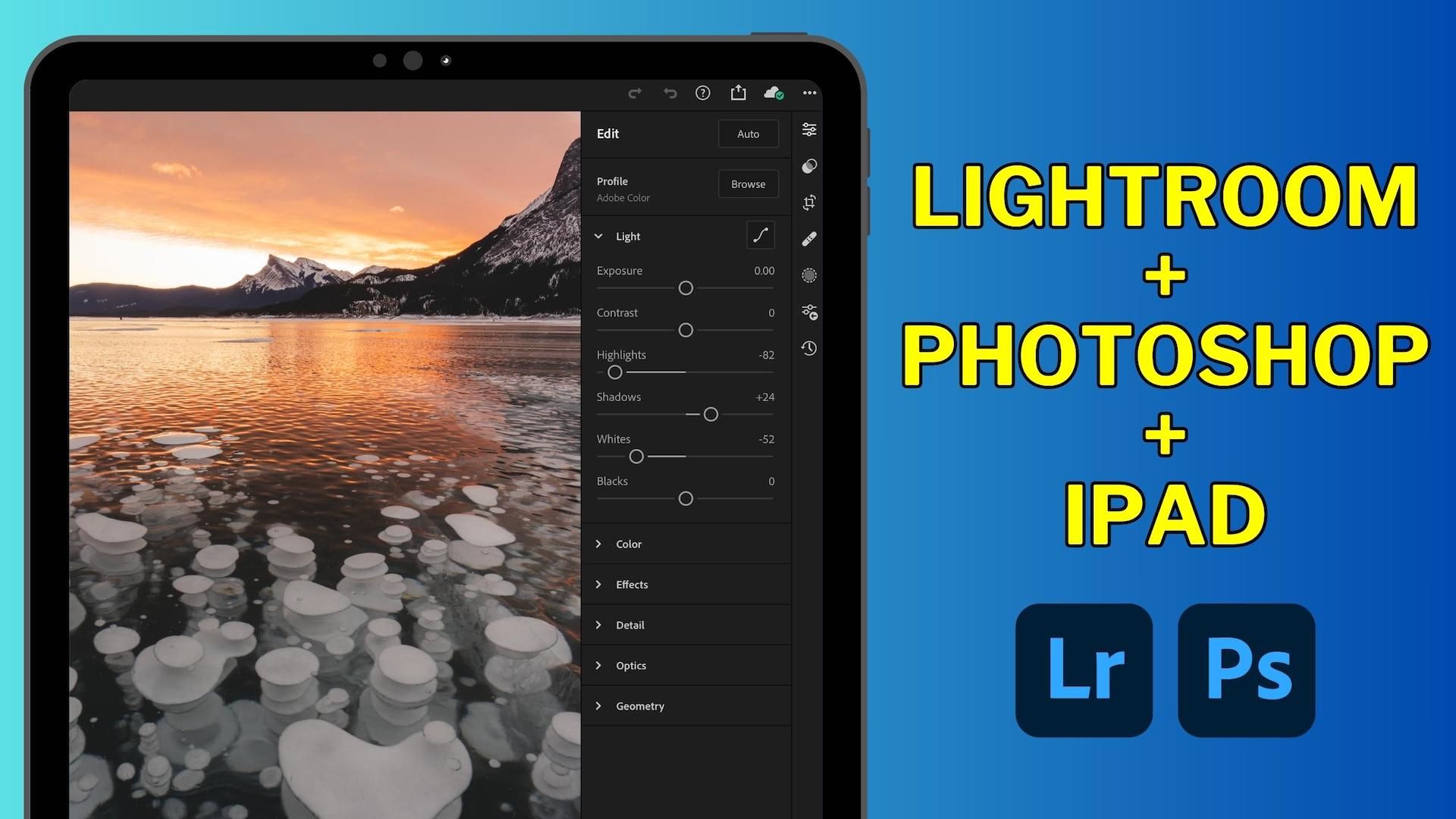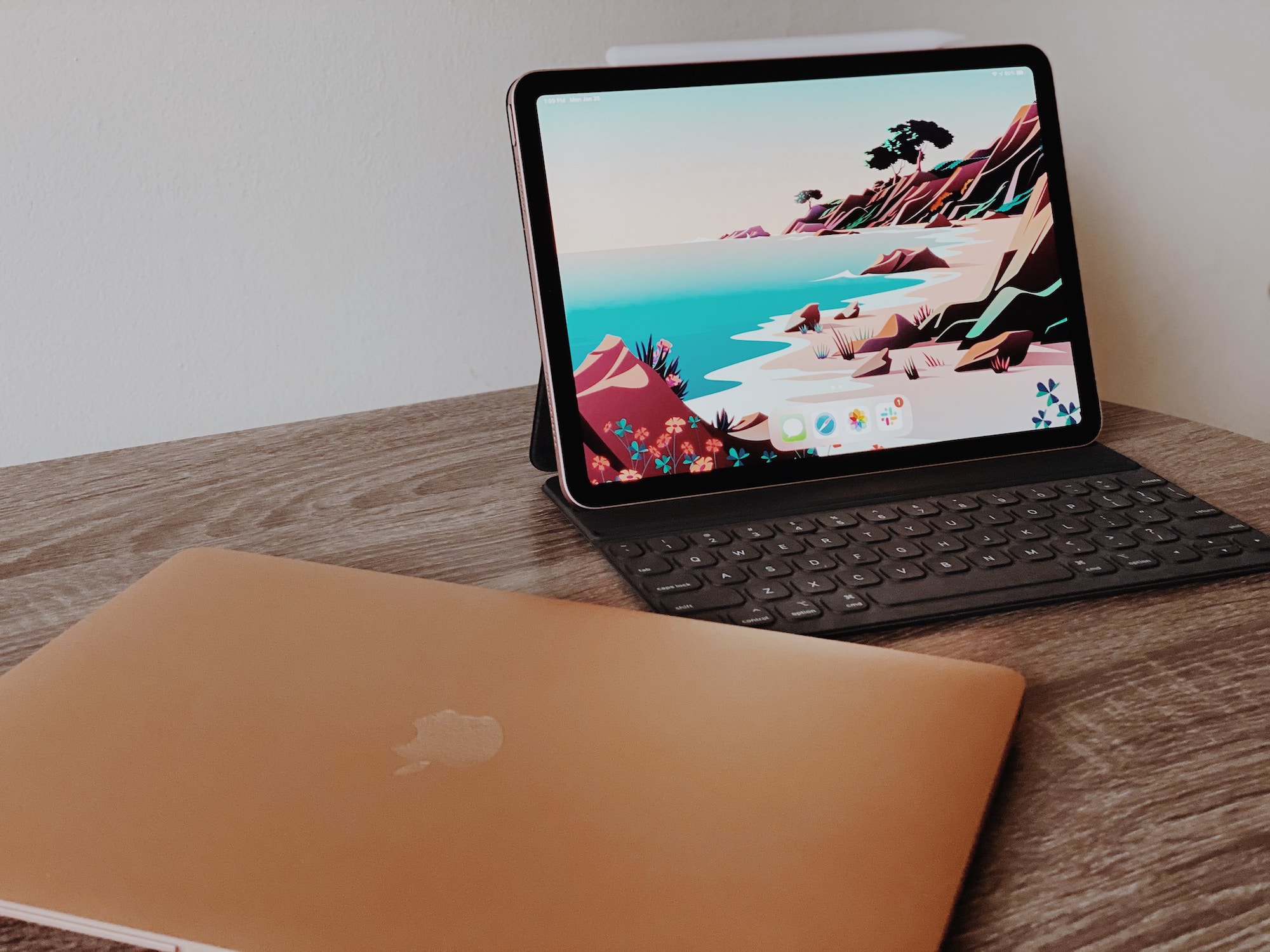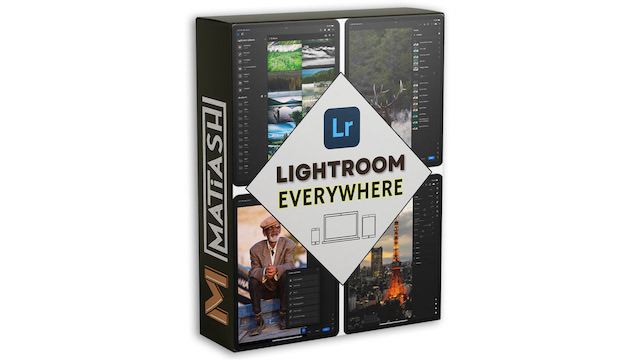Pro Photo Editing Secrets for Lightroom and Photoshop on iPad

I remember when I first tried editing photos using Lightroom on my iPad. While the overall experience was novel, it left a lot to be desired. After all, Apple kept telling people that the iPad is a professional tool that can replace your computer. I suppose that could be true if you only use your laptop to draft blog posts and surf the web. But photo editing? Well, I won’t be retiring my laptop any time soon.

However, recently, Adobe has been doing some truly impressive things with both the mobile versions of Lightroom and Photoshop, pushing the boundaries of what iOS, iPadOS, and Android support. Still, the question begs to be asked: Are we at a place where you can realistically leave your computer behind as a photographer today?

The answer? Kinda! Truthfully, it depends on what your workflow requirements are. There is one feature set in particular that, if it’s critical to your workflow, would be a showstopper: Photo Merge. Namely, the ability to tone-map HDR photos and stitch Panos is STILL not available in Lightroom Mobile, which baffles me because all of my RAW files are synced to Adobe Cloud, so the process of merging any series of photos should be negligible. But, I digress. My point is that, aside from Photo Merge and a handful of other features (like geotagging and stacking support), Lightroom Mobile is insanely powerful and capable, and it can certainly meet the organizational and editing needs of most photographers.
On top of that, you have the ability to load photos in Photoshop Mobile, which, while nowhere near as feature-rich as its desktop sibling, can do a bunch of really cool things. For example, you can use its layer system and blend modes to apply a beautiful Orton effect, as I show in this article/video. Beyond that, there are a variety of creative use cases when you have access to a layer-based workflow, such as focus stacking. And that’s what this tutorial will show you.
Trust me, friends. The future of digital photography will be cloud-based, and a huge component of it will also be mobile-first. I’m not saying that traditional cameras are going anywhere, but the workflow will quickly shift to where you can easily transfer your photos from it to your smartphone or tablet and get busy editing from wherever you are, and I am so ready for it.
Want to learn even more about Lightroom?
I'm actively working on a brand new course called Lightroom Everywhere. If you've wanted to learn how to get the most out of Lightroom's cloud-based ecosystem on the desktop, smartphone, and tablet, then this course is for you. I'm super excited about it and I hope you consider pre-ordering it. You're going to learn tons, trust me!




